Our Product List
Visit Our Products
Our Product List

Three Bitumen Grading Systems
1. Penetration Grade Bitumen
2. Viscosity Grade Bitumen
3. Performance Grade Bitumen
1. Penetration Grade Bitumen

The penetration grading system was introduced in the early 20th century. Bitumen penetration grade is classified using its penetration property which is obtained by a penetration test. The main goal for grading bitumen based on penetration is to determine its suitability for use in various construction methods and under different climatic conditions.
| S.No | Grade | Specific Gravity |
|---|---|---|
| 1 | 30/40 | 1.01 |
| 2 | 40/50 | 1.01~1.06 |
| 3 | 50/60 | 1.01~1.06 |
| 4 | 60/70 | 1.01~1.06 |
| 5 | 80/100 | 1.01~1.05 |
| 6 | 100/120 | 1.01~1.04 |
2. Viscosity Grade Bitumen
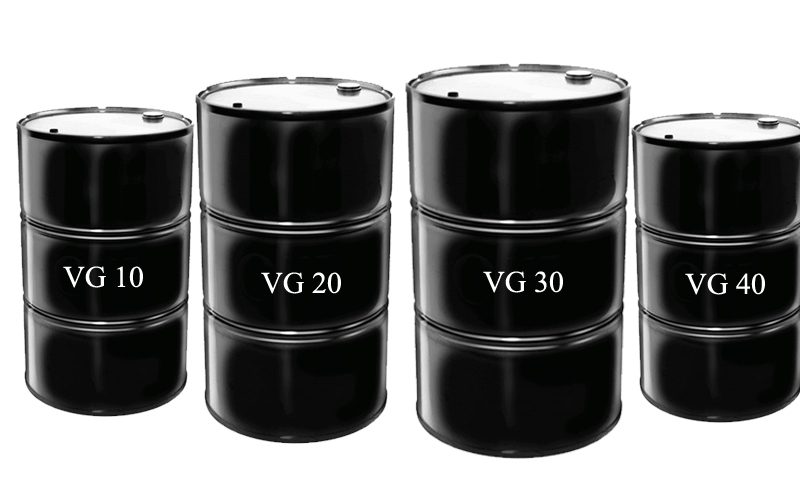
In the 1970s, the US introduced a new method of viscosity grading at 60 °C. This was to ensure a solution for construction problems and to have high-temperature performance.
| S.No | Grade | Viscosity Range |
|---|---|---|
| 1 | VG-10 Bitumen | 800-1200 |
| 2 | VG-20 Bitumen | 1600-2400 |
| 3 | VG-30 Bitumen | 2400-3600 |
| 4 | VG-40 Bitumen | 3200-4000 |
3. Performance Grade Bitumen
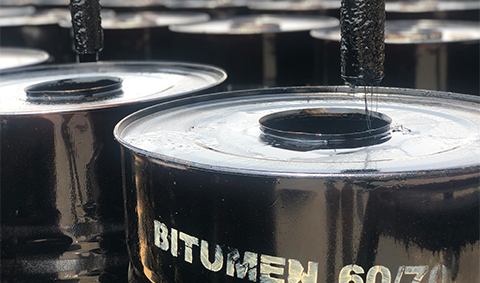
The Superpave program was initiated in 1987 by the U.S. Superpave performance grade is a method of describing bitumen
for road paving by taking into consideration specific factors like traffic density, climatic conditions (maximum and minimum ambient temperature, rain and snowfall, etc.), and layer location.
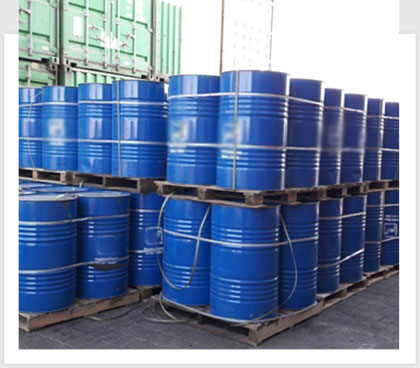
What is Bitumen Emulsion
Bitumen emulsion is a mixture of fine droplets of bitumen and water. But as the bitumen is a petroleum product it doesn't mix with water and as it is sticky in nature, it doesn't easily gets disintegrated into fine droplets. To overcome this problem an emulsifier is used. Emulsifier can be defined as a surface-active agent. Emulsifier keeps the bitumen in its fine droplet state by disallowing it to mix with other droplets. As the droplets are very fine they suspend in water. “Therefore, bitumen emulsion is a dispersed liquid consisting of three products, i.e. water, bitumen and emulsion”.
Types Of Bitumen Emulsion
a) Slow Setting Emulsion
In this type of emulsion, a special type of emulsifier is used to slow the process of water evaporation. This type of emulsifier are relatively stable.Bitumen in different forms is used as a binder in road construction. The first alternative is normally hot mixes. The second alternative, cut-back, is generally more expensive than hot mix since solvents are often quite costly. The third alternative, bitumen emulsion, does not require heating when applied and it has the advantage over hot bitumen that it can be used with cold and even damp aggregate. An emulsion can be defined as a dispersion of small droplets of one liquid in another liquid. Bitumen emulsions are an oil-in-water type of emulsion where the bitumen is dispersed in water.
- Easy and safe handling.
- Energy saving.
- Environmentally friendly, Economical, Durable and storable.
b) Medium Setting Emulsion
This type of bitumen emulsion doesn't break as when applied on aggregate. The process of evaporation starts when the fine dust of mineral are mixed with the aggregate emulsion mix.Emulsion MS1 is recommended for Pre Mix Carpet and Patchwork. It is highly used in Cold MIx technology. Bitumen Emulsion matches to IS Standard 8887: 2004 specification.
- Ideal For slurry seal, tack coat, fog seal and primer coat for construction.
- Easy to apply since the product is emulsified and can be used without heating
- Nonflammable
c) Rapid Setting Emulsion
This type of bitumen emulsion breaks down rapidly as it comes with contact with aggregate helping in
fast setting and rapid curing.Emulsion RS1 Bitumen Emulsion is specially designed water based bitumen emulsion with low viscosity and fast setting time that makes it an ideal product for spray application. It is chocolate brown in colour and is a free flowing liquid at ambient temperature. VBOND emulsion rs 1 is manufactured strictly as per is 8887:2004
- Low temperature curing, fast setting time
- No heating required thus ecofriendly
- Prevents slippage of structural layer
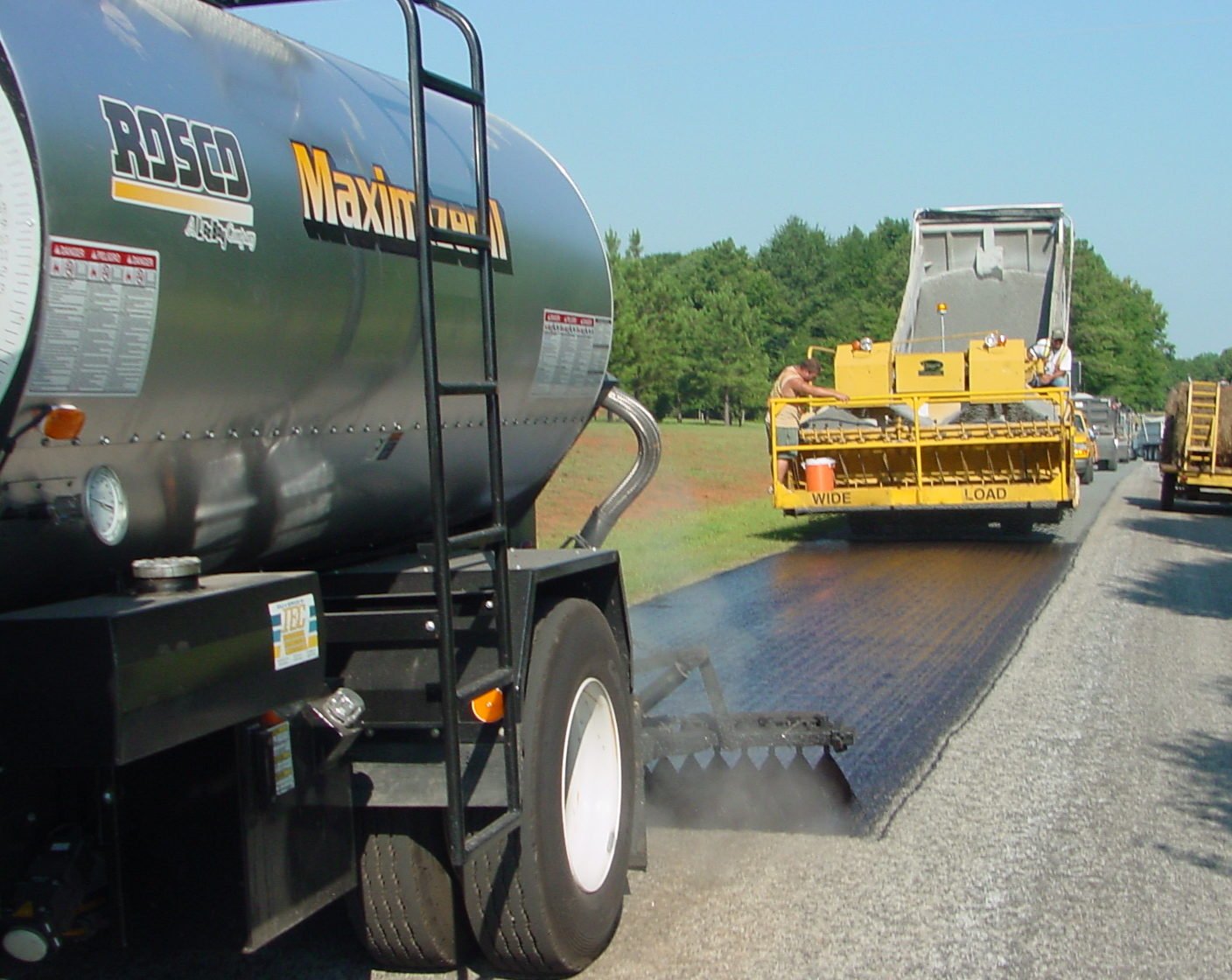
Advantages and Uses of Bitumen Emulsions
1. Bitumen emulsion are used extensively in bituminous road construction. Other than this they are used for
maintenance and repair work.
2. Emulsions can be used in wet weather even if it is raining.
3. Is ecofriendly as it is water based.
4. Bitumen emulation is also used in soil stabilization in desert areas.
5. It doesn't need extra heat while placing.
6. There is no wastage in placing and laying of bitumen.
7. They possess anti-stripping properties.
8. Rapid setting type of emulsion are used in surface of roads.
9. Medium setting type of emulsion are used in premixing of bitumen emulsion and coarse aggregate.
10. Slow setting type of emulsion are used with fine aggregates as the surface area is large and requires
time for uniform mixing.
Limitations of Bitumen Emulsion
1. Storage time of bitumen emulsion ranges from few days to 6 months depending upon the percentage of
Bitumen added while production.
2. Setting time may vary due to temperature, wind and type of emulsion.
3. Not a single type of bitumen emulsion can be used for all works it depends upon the aggregate type
setting time nature of work etc.
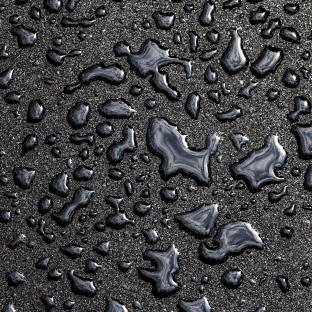
POLYMER MODIFIED BITUMEN
PMB consists of bitumen blended with a synthetic polymer or crumb rubber. PMBs are used to enhance the performance of binders on heavily trafficked or distressed pavement surfaces, often in adverse climatic conditions.Polymer modified bitumen is the type of bitumen obtained by the modification of strength and the rheological properties of the penetration graded bitumen. Here for this 2 to 8% of polymer is added.
The polymer used can be either plastic or rubber. These polymers vary the strength and the viscoelastic properties of the bitumen.
This is achieved by:
1. Elastic response increase
2. Improvement in cohesive property
3. Improvement in Fracture strength
4. Providing ductility
Some of the examples of rubber polymers used are styrene block copolymers, synthetic rubbers, natural and recycled rubbers. Plastics that are thermoplastic polymers are also used.
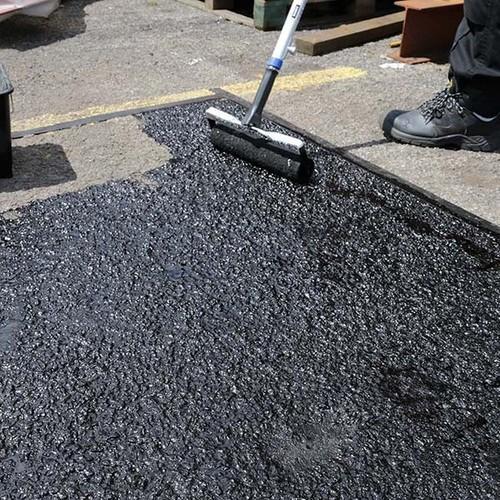
Grades
a). PG 64–16
b). PG 64–22
c). PG 70–10
d). PG 70–16
e). PG 76–10
f). PG 76–16
Common Types Of Polymer Modified Bitumen
| Type | Examples |
|---|---|
| Fiber | Natural: Asbestos Rock wool Manufactured: Polypropylene Polyester Fiberglass Mineral Cellulose |
| Oxidant | Manganese salts |
| Antioxidant | Lead compounds Carbon Calcium salts |
| Hydrocarbon | Recycling and rejuvenating oils Hard and natural asphalts |
| Antistripping Agents | Amines Lime |
| Waste Materials | Roofing shingles Recycled Tires Glass |
Advantage Polymer Modified Bitumen
1. Stronger road with increased marshall stability value and greater Rigidity.
2. Better resistant towards rainwater and water stagnation.
3. No stripping and no potholes.
4. Better resistance to permanent deformation
5. Reduction in pores in aggregate and hence less rutting and raveling.
6. Much higher durability
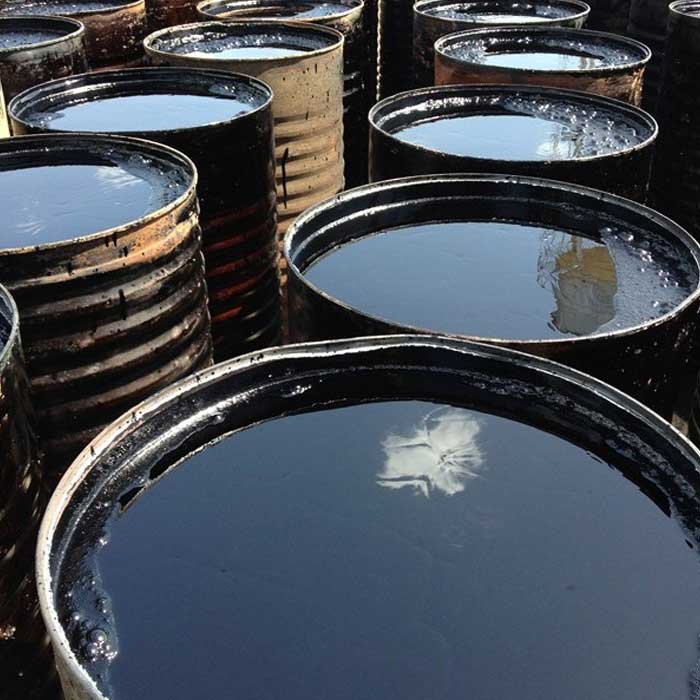
About Paving Grade Bitumen
Straight grade used in construction and maintenance of roads, airfields and allied constructions, manufacturing of bitumen Emulsions. Bitumen is the end product in the crude distillation process. This raw bitumen is called Straight grade bitumen and has penetration values of 200-300.
Types Of Indian And Imported Bitumen
1. Bulk Bitumen
2. Packed Bitumen
Indian And Imported Bitumen Grades
| Bulk Bitumen | Packed Bitumen |
|---|---|
| VG10(80/100) | VG10(80/100) |
| VG30(60/70) | VG30(60/70) |
| VG40(30/40) | VG40(30/40) |
About
1. Indian And Imported Bitumen VG-10
Imported Bitumen VG-10 has a better performance in cold weather thus it is suitable for paving roads in a cold climate instead of the old 80/100 penetration grade bitumen.It is the softest grade of viscosity bitumen. The air temperature that matches Imported Bitumen VG-10 ranges from -100C to 250C.
- It has better resistance to changes in temperature, particularly in cold regions
- It gives exemplary performance against repeated freeze-thaw cycles
- It has a higher Penetration Value in comparison to VG-30 and VG-40
- The bitumen temperature of VG-10 ranges between 140⁰C-160⁰C and the laying temp is 130⁰C
2. Indian And Imported Bitumen VG-30
Imported Bitumen VG-30 is the mostly used bitumen for the construction of heavy bitumen pavements, that bear significant traffic loads. Importers prefer this type of bitumen as its performance in proved in Indian road construction. Most suitable in areas that have a high temperature.
- The bitumen temperature of Imported Bitumen VG-30 ranges between 150⁰C-165⁰C and the laying temp is 140⁰C
- It has good thermal susceptibility
- It is proven to work more efficiently than penetration grade bitumen 60/70
- Imported Bitumen VG-30 is widely used in road construction, insulation, building construction industries
3. Indian And Imported Bitumen VG-40
Imported Bitumen VG-40 is used in areas in which high pressure comes from heavy traffic loads, like intersections, toll booths, and truck parking lots. Due to the high viscosity of this bitumen, it is more appropriate for improving resistance to shoving and other problems associated with high temperatures and heavy traffic load.
- The bitumen temperature of Imported Bitumen VG-40 ranges between 160⁰C-170⁰C and the laying temp is 150⁰C
- Due to its higher viscosity, this grade of bitumen efficiently improves pavement resistance problems associated with higher temperatures and heavy traffic loads
- It is suitable for a temperature above 40◦C
- Well suited for road construction in hot weather